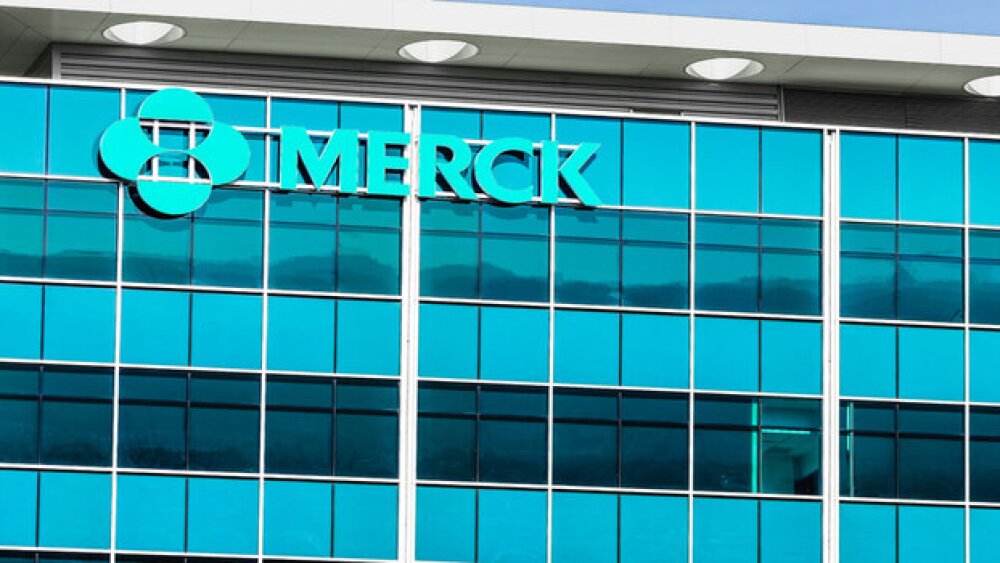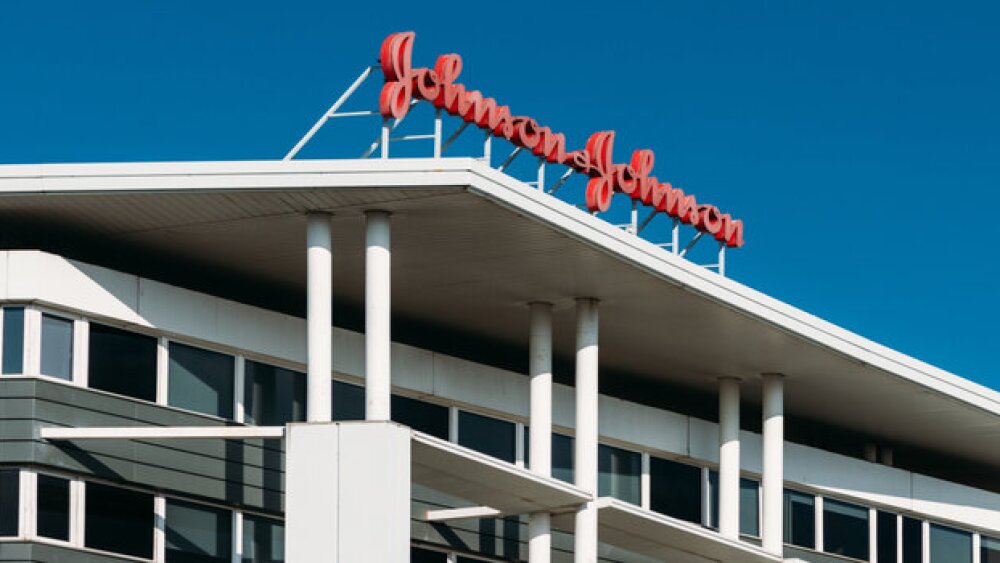Most investors thought 2018 would be a big year for mergers and acquisitions in the biopharma industry because of changes to the tax law, and so far they’ve been right.
Most investors thought 2018 would be a big year for mergers and acquisitions in the biopharma industry because of changes to the tax law, and so far they’ve been right. The biggest deals have been Sanofi’s acquisition of Bioverativ for about $11.6 billion and Ablynx for $4.8 billion, both in January. Also in January, Celgene Corporation bought Juno Therapeutics for about $9 billion, then shortly afterwards Celgene bought Impact Biomedicines for $1.1 billion. In April, Sanofi agreed to sell its generics division, Zentiva, to Advent International for about $2.4 billion.
Another big deal was GlaxoSmithKline agreeing to buy out its stake in its Novartis joint venture for $13 billion. And, of course, the biggest deal of the year so far is Takeda Pharmaceutical’s acquisition of Shire for about $62.2 billion.
Datamonitor, which is part of Pharma Intelligence, recently published an analysis of 11 “under the radar” biotechs that could be takeover targets, with a particular focus on the largest three on the list. Here’s a look.
#1. Nektar Therapeutics. Based in San Francisco, Nektar has a promising immunotherapy, NKTR-214, that the company hopes will become part of a combination therapy with Bristol-Myers Squibb’s Opdivo and Yervoy. It has a market value of $17 billion. The drug is involved in clinical trials for 20 indications and nine different types of tumors, including melanoma, renal cell carcinoma and non-small cell lung cancer. It inked a deal with Bristol-Myers Squibb with a $1.85 billion upfront and equity payment and another possible $1.78 billion in “biobucks” milestone payments. With that kind of an investment, the report proposes that Bristol-Myers might consider taking over the company entirely.
#2. BioMarin. BioMarin, headquartered in San Rafael, California, has a market value of about $14.3 billion. The company focuses on rare diseases and has three promising orphan drugs in its pipeline that might launch in the next two years. In fact, it is awaiting a U.S. Food and Drug Administration (FDA) decision on its Biologics License Application (BLA) for pegvaliase, a PEGylated recombinant phenylalanine ammonia lyase enzyme product to treat adults with phenylketonuria (PKU) who have problems controlling their blood phenylalanine levels despite previous treatment with available therapeutics, including sapropterin. The PDUFA goal date is Friday, May 25.
Others include valoctocogene roxaparvovec (val rox) for hemophilia A and vasoritide for achondroplasia. Pharmaphorum writes, “Sanofi is the most likely for a ‘low risk’ acquisition with an immediate revenue stream of $1.5 billion thanks to already approved rare disease therapies, according to the analysis.”
#3. Alnylam Pharmaceuticals. Located in Cambridge, Massachusetts, Alnylam focuses on RNA interference (RNAi). On May 8, the company reported preclinical results that supports its RNAi therapeutics for central nervous system disorders. The study, which was successful in rats, supports the company’s selection of its first CNS-targeted development candidate this year. It expects to file its first investigational new drug (IND) or equivalent in late 2019 or early 2020, with potentially one or more INDs per year after that.
Its filed its first RNAi therapy, patisiran, with the FDA for hereditary transthyretin-mediated amyloidosis (hATTR) with polyneuropathy earlier this year. The company’s market value is $11.9 billion, and Sanofi is considered a potential buyer because of its connections to Regeneron and a focus on biologics. Celgene is also viewed as another possible buyer.
Other smaller companies viewed as potential takeover targets include Global Blood Therapeutics , Ultragenyx, Sarepta, OncoSet Medical, Mesoblast, Acorda, Sangamo and Acceleron.





